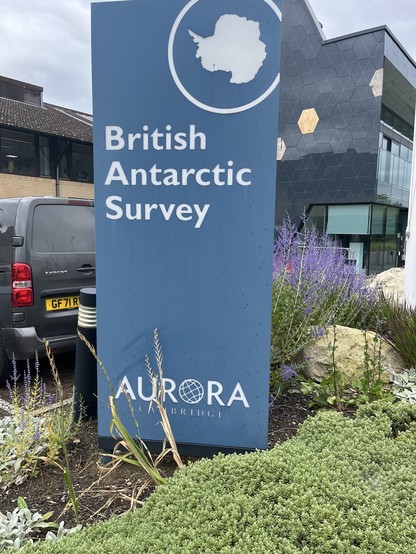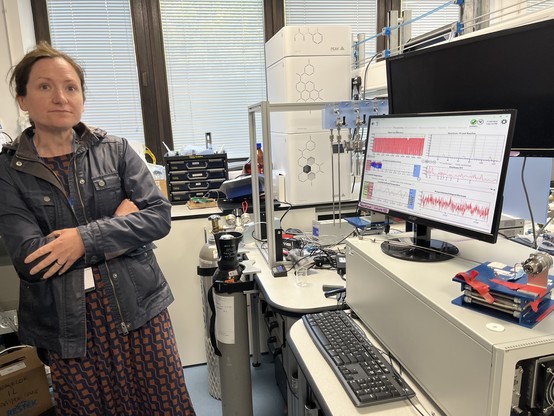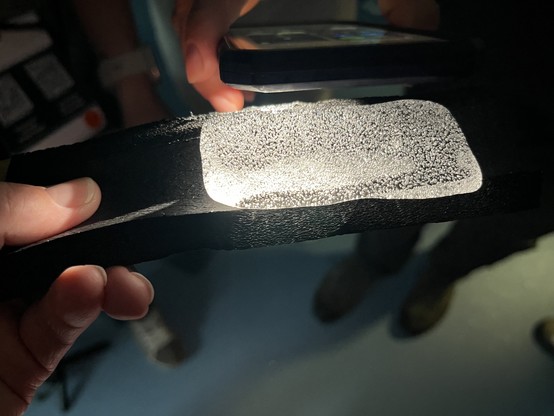Zeitpunkt Nutzer Delta Tröts TNR Titel Version maxTL Mi 10.07.2024 00:03:45 5.529 +2 504.578 91,3 FediScience.org 4.2.10 500 Di 09.07.2024 00:03:52 5.527 +1 504.079 91,2 FediScience.org 4.2.10 500 Mo 08.07.2024 00:04:00 5.526 0 503.594 91,1 FediScience.org 4.2.10 500 So 07.07.2024 00:02:18 5.526 0 503.145 91,1 FediScience.org 4.2.10 500 Sa 06.07.2024 00:03:24 5.526 0 502.766 91,0 FediScience.org 4.2.10 500 Fr 05.07.2024 00:01:10 5.526 +1 502.208 90,9 FediScience.org 4.2.10 500 Do 04.07.2024 00:02:56 5.525 -1 501.688 90,8 FediScience.org 4.2.7 500 Mi 03.07.2024 00:00:21 5.526 0 501.149 90,7 FediScience.org 4.2.7 500 Di 02.07.2024 00:03:56 5.526 +2 500.546 90,6 FediScience.org 4.2.7 500 Mo 01.07.2024 00:02:35 5.524 0 500.052 90,5 FediScience.org 4.2.7 500
legraLeGra (@atthenius) · 11/2022 · Tröts: 9.679 · Folger: 1.620
Mi 10.07.2024 18:03
Super interesting day today. My colleagues Thomas Bauska and Rachel Rhodes gave our #methane research team FETCH4 a tour of their lab at the British Antarctic Survey.
We want to see how methane concentrations have changed over time (100s to 100,000s years).
Part of our team is looking at the isotopic composition of 13-C of CH4 and 𝝳D-CH4 as well as related trace gases like carbon monoxide because these tracers help you figure out methane sources and sinks.

Entrance to the British Antarctic Survey with land-sea mask of Antarctica and “Aurora” on the sign.

Extra large vacuum chamber with a scientist standing in front with a glass container. He is explaining that this setup is designed to measure the pressure of air in the ice bubbles, which can be used to infer past-altimetry of the ice. (Over glacial-interglacial cycles, the elevation of Antarctica would change.)

Scientist stands next to a computer read out of a machine measuring carbon monoxide in the ice bubbles. Its chemistry interacts with methane chemistry, and it’s thus important to know how it changes in ice cores. https://www.atmosp.physics.utoronto.ca/people/loic/chemistry.html

Small piece of ice from the Skytrain Ice Rise, Antarctica. There are 1000’s of tiny air bubbles in the ice.
[Öffentlich] Antw.: 0 Wtrl.: 0 Fav.: 0 · via Ivory for Mac